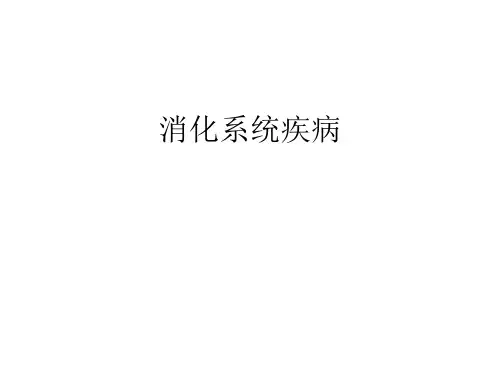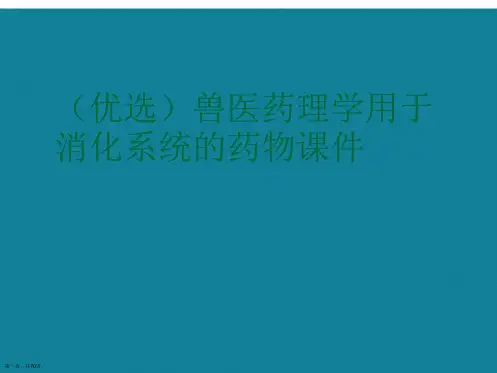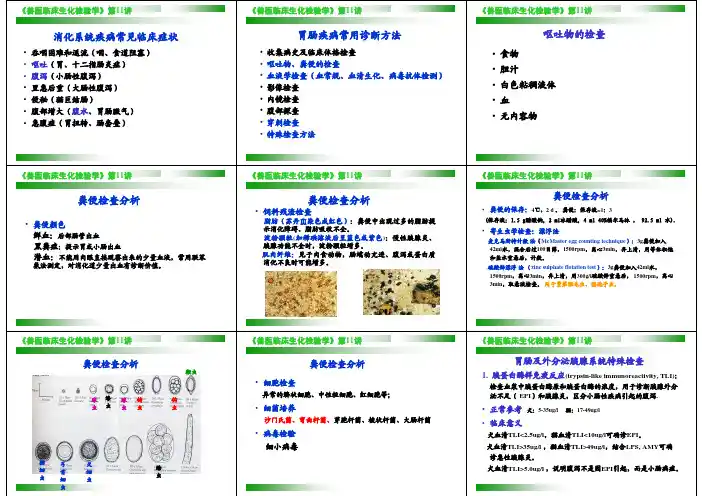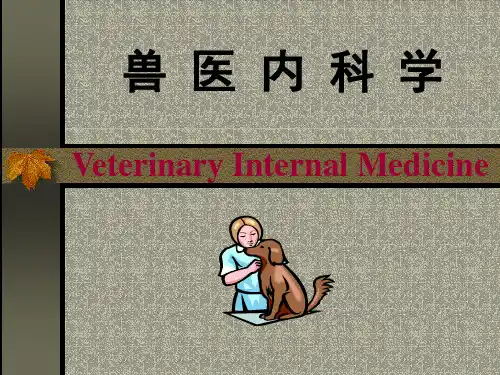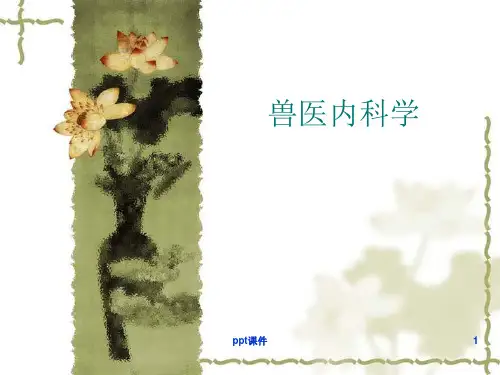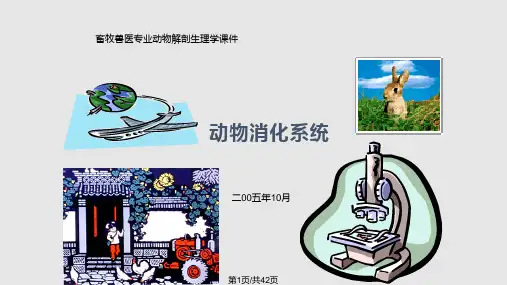Figure 4. Aspiration of a salivary mucocele should be done under aseptic conditions to prevent contamination by bacteria. The typical contents of a mucocele are a yellowish, thick ropy fluid with a low cell count as seen here.
Figure 2. This Boston Terrier has a sublingual mucocele, also known as a Ranula. The mandibular and sublingual glands will be removed and the Ranula drained.
手术治疗 (5)中药治疗:板蓝根,鱼腥草
Figure 1. This Boxer has massive swelling below the neck secondary to a very large salivary mucocele. It is important for owners to recognize which side the problem begins to develop on. When the mucocele becomes extremely large as it has in this case, it is very difficult to determine which salivary gland to remove.
Figure 5. Occasionally stones will form in the salivary ducts and be the cause of a salivary mucocele. This is a mucocele that has been removed and it contains hundreds of small stones. It is likely that these stones formed after the mucocele developed.
